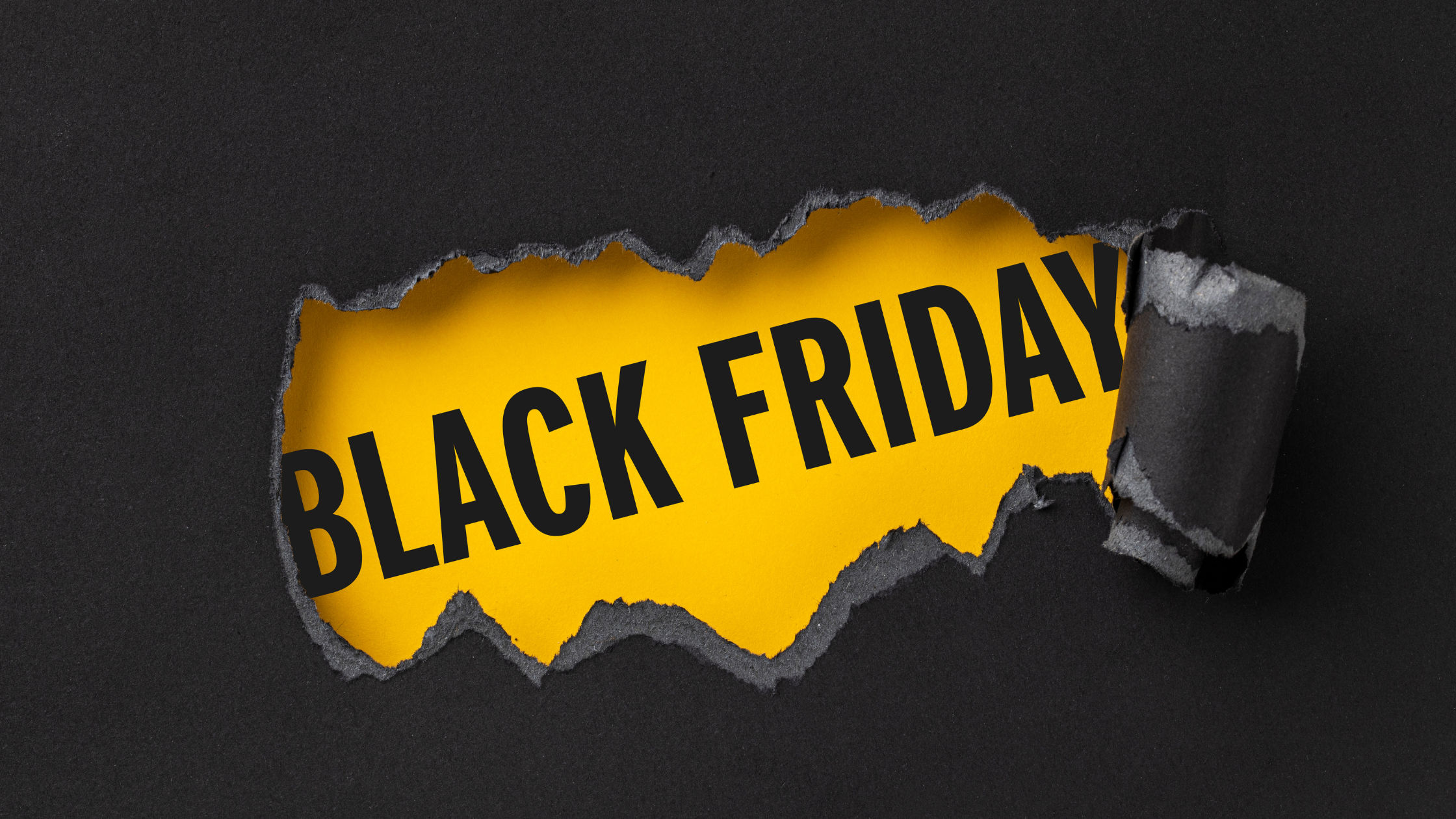Black Friday is a phenomenon that has revolutionised the way people around the world shop. This day, which marks the start of the Christmas shopping season, has become an annual tradition where brands and manufacturers offer massive discounts on a wide range of products. But where does this tradition come from? Today we look back at the origins of Black Friday and take a brief look at how it has evolved over the years in the context of digital marketing.
The origins
The term “Black Friday” has its roots in Philadelphia, USA, in the mid-20th century. Originally, it had nothing to do with shopping, but rather with the traffic chaos and crowds that filled the city’s streets. The term “Black Friday” was used to describe the heavy traffic and congestion that occurred on the day after Thanksgiving. The large number of shoppers and visitors arriving in the city for the traditional Thanksgiving Day parade often caused traffic problems and delays in public services.
Evolution of Black Friday
Over time, the term “Black Friday” began to take on a new meaning. Retailers in Philadelphia realised that this day was a great opportunity to increase their sales, as the crowds were immense. To attract shoppers, they began offering special discounts and one-day only deals. This marked the beginning of Black Friday’s transition from a negative to a positive term in the business world.
By the 1980s, Black Friday had become a national phenomenon in the United States. Retailers across the country began opening their doors earlier and offering deep discounts on a wide range of products. Competition intensified, and consumers began lining up outside stores long before they opened their doors.
The impact of digital marketing
The advent of the digital age completely changed the way Black Friday was celebrated and communicated. Instead of relying solely on newspaper and TV ads, retailers began to harness the power of digital marketing to promote their deals. Social media, email, online ads and mobile apps became essential tools for reaching consumers.
Digital marketing allowed companies to reach a wider audience and personalise their offers according to each consumer’s preferences. In addition, the growth of e-commerce opened up new opportunities for online shopping during Black Friday, eliminating the need to wait in long lines at physical stores.
Black Friday today
Today, Black Friday is a global event that goes beyond the borders of the United States. It has become a tradition in many countries and the deals are as varied as the products on sale. Online shopping is a big part of the day, with consumers eagerly awaiting online deals.
And as your brand focuses its efforts on engaging and informing consumers, this is a crucial time to monitor online sales channels. And we are not just talking about price monitoring, it is also a very opportune time to get relevant data such as who is winning the Buy Box or what is the consistency of your products in the market. If a retailer has your product but it is out of stock… you are losing sales. Promotion monitoring is critical to strategic decision making and SingularPrice makes it possible. What pricing strategies are your distributors using, what promotions are your competitors running, how long do they “celebrate” Black Friday, do they develop pre-Black Friday promotions? Tell us your question and we will help you find the answer.
Conclusion
Black Friday has reinvented itself in such a way that it has changed not only the way we shop, but also the way companies engage with their customers in the digital age. The days of celebration have become a strategic moment for brands ahead of the Christmas shopping season. Only by taking control of online distribution can success be achieved, and you are only a phone call or email away.
info@singularbrain.com
+34 984 18 74 55


